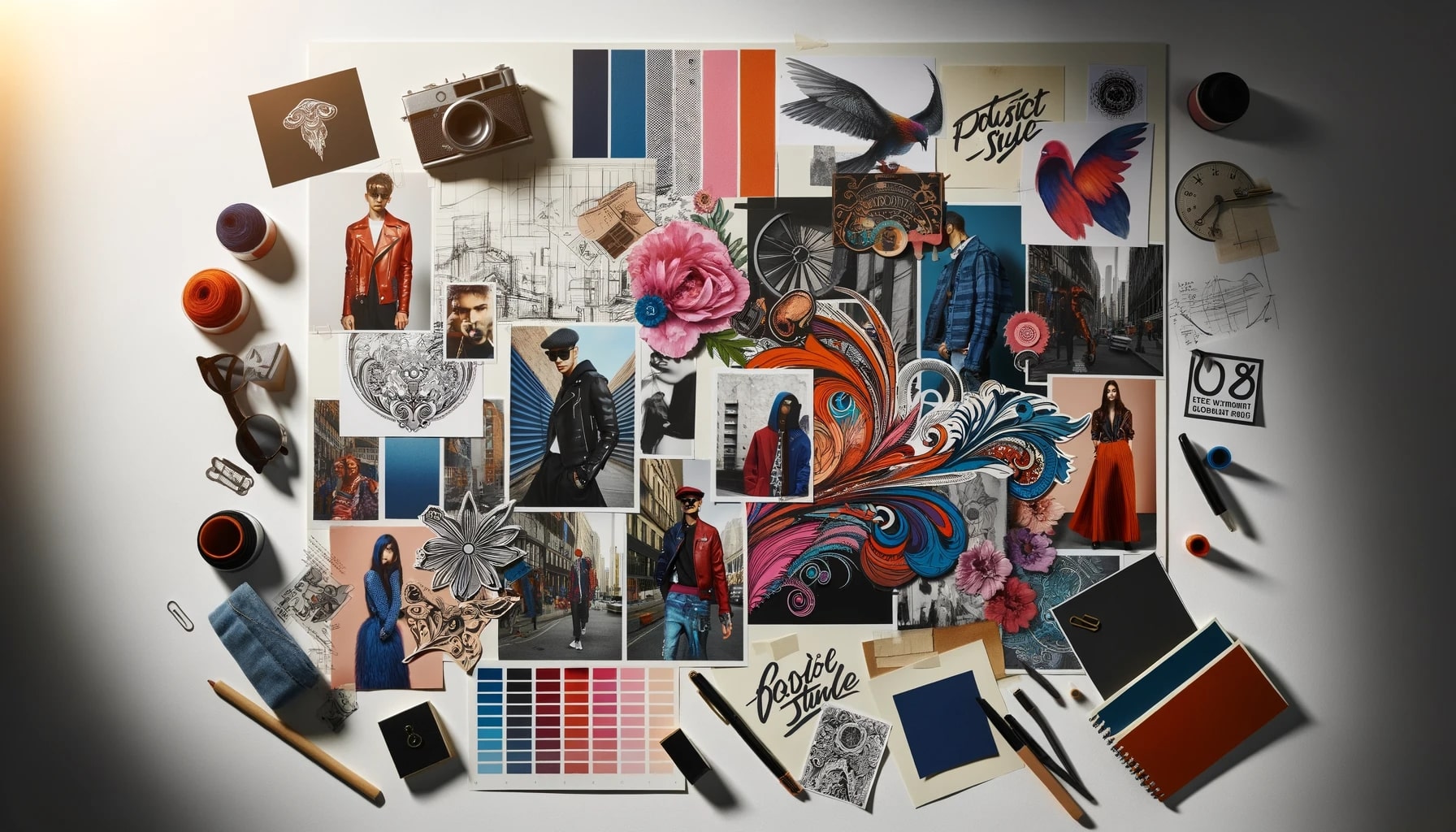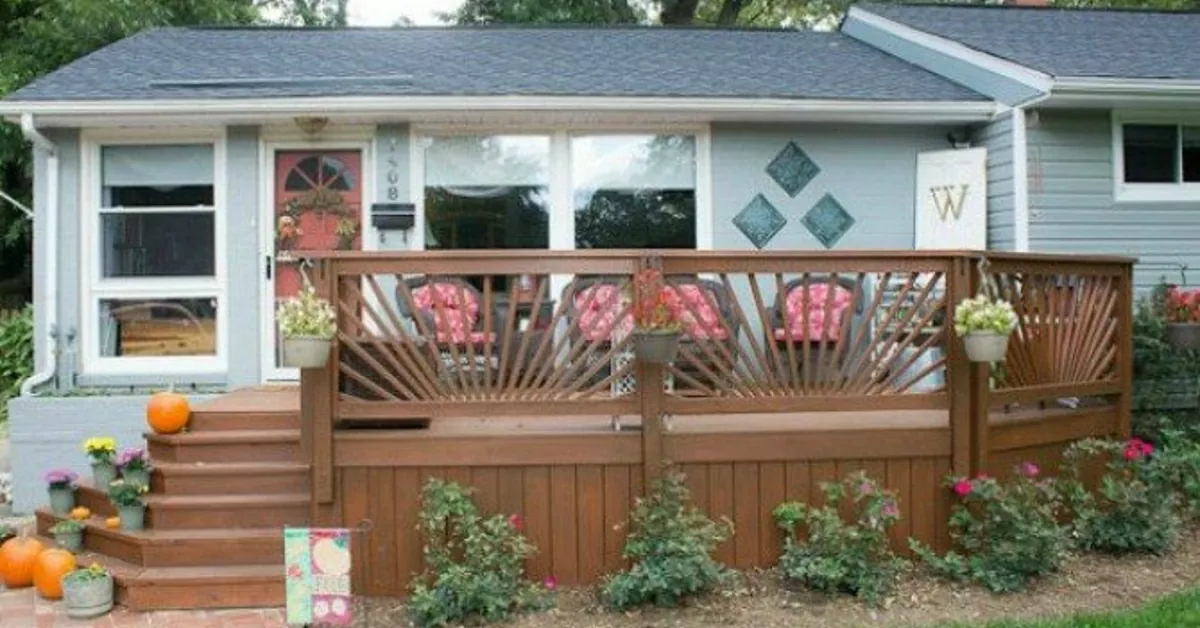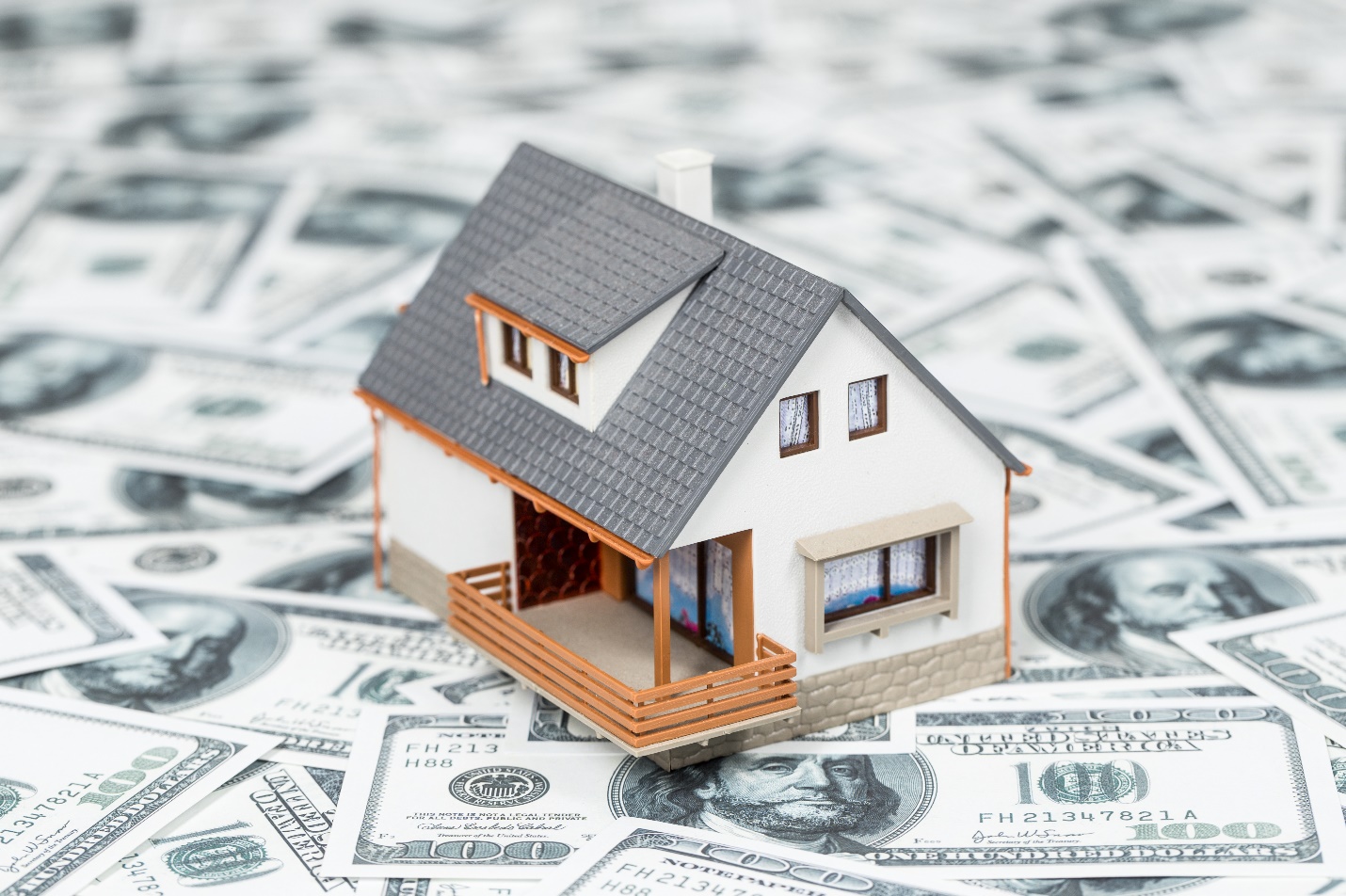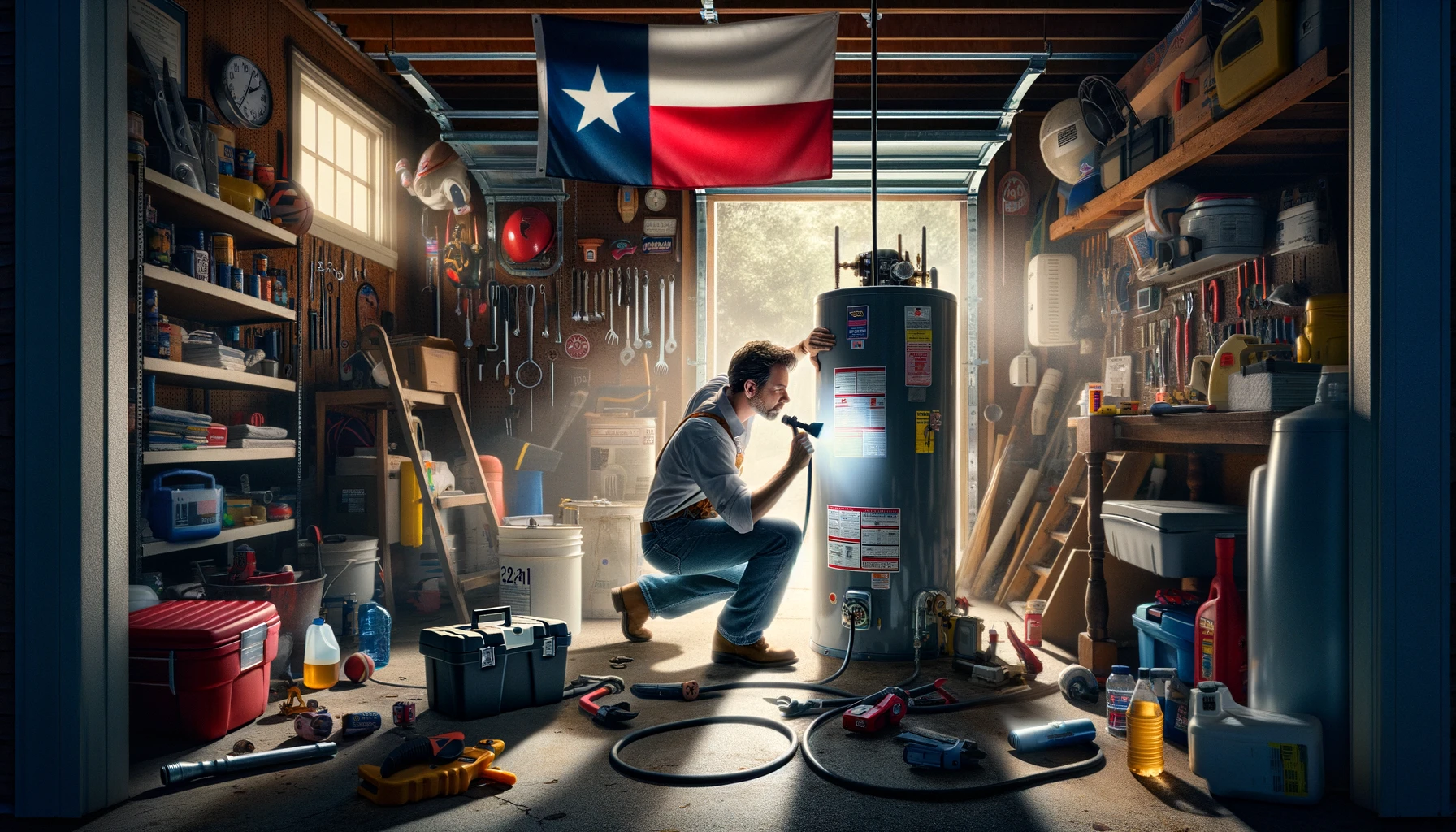A lot goes into creating a picture, video, or design project. Creators sometimes encounter blocks and struggle to find clarity. A mood board is a simple solution that breaks down mental barriers and provides inspiration when working on a creative project. Read everything you need to know about it below.
What is a Mood Board?
A mood board or an inspiration board is a tool for honing ideas by demonstrating it visually. It is a collage of material samples, images, or descriptive words to guide you in a project. As a result, it is used by creative professionals, including interior decorators, fashion designers, and more.
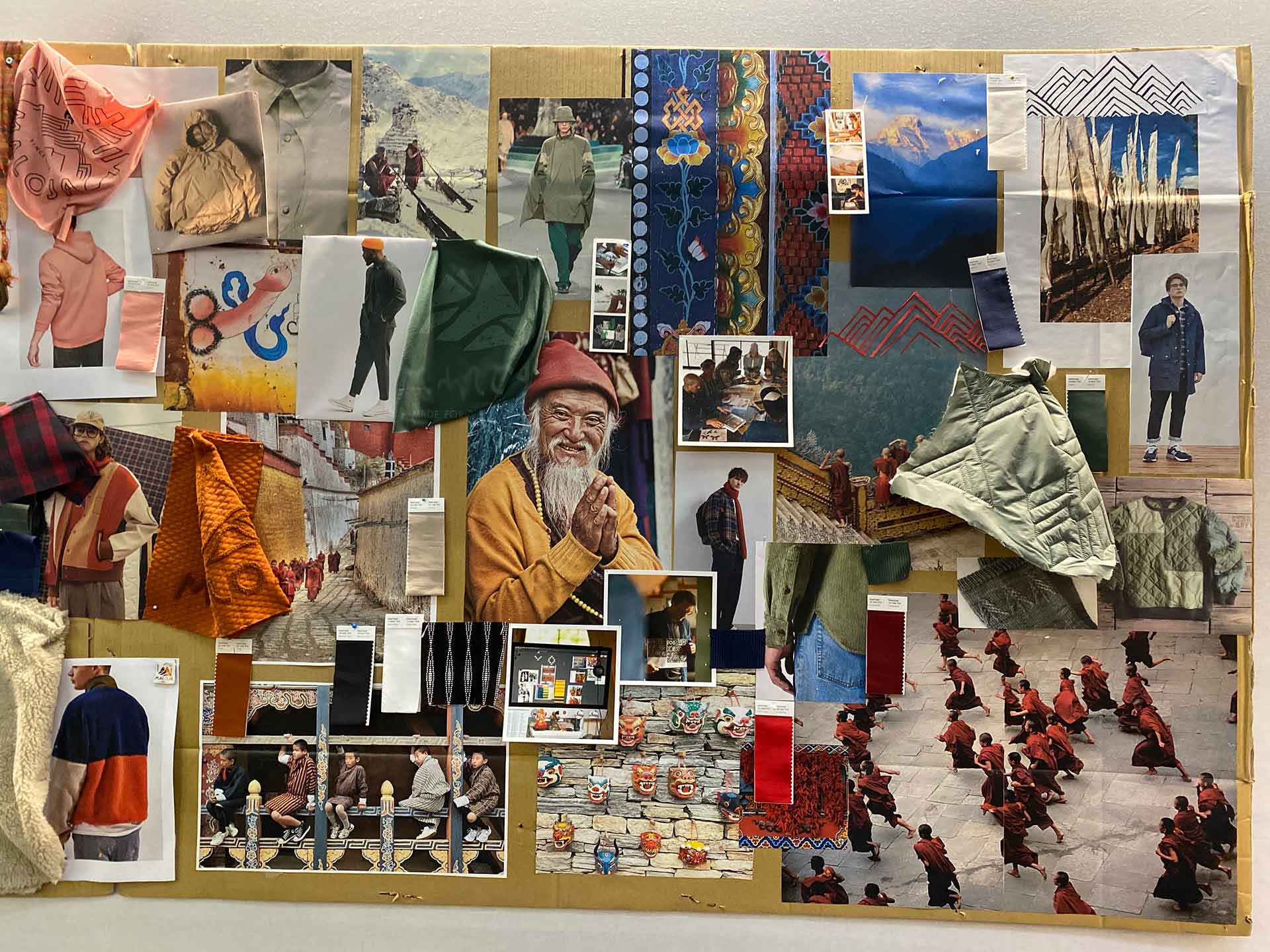
Types of Mood Boards?
Mood boards can either be digital or physical. The former uses automated tools like Photoshop or Illustrator, while the latter involves cutting images and arranging them on a surface. A physical mood board lets you sense the 3D nature and depth of fabric weave or paint from a sample. In contrast, a digital board includes video and sound.
Each mood board is tailored to different purposes. What determines the type is what you use it for. Common examples include:
- Inspiration mood boards: Creators use this board to collect images, colours, and textures to inspire creativity.
- Typography mood boards: They highlight fonts, typefaces, and typographic styles for projects that require text and design.
- Event mood boards: Event planners use them to plan parties. The board often includes decoration images, colour schemes, and more.
Benefits of Mood Boards
Visual Communication
Mood boards are a visual representation of creative concepts. As a result, they make it easier for the user to understand and interpret projects. Besides, compiling images, textures, and colours sparks creativity and makes it easier to generate ideas.
Provides Clarity
Mood boards promote alignment among team members. Interior designers shopping for furniture, for instance, can use it as a reference point to align colour, theme, and arrangement. Hence, it makes decision-making more efficient. Mood boards narrow down the possibilities and improve focus. It ultimately enhances creativity, saves time, and aids visualisation.
Presentation and Feedback
Mood boards make a presentation visually appealing and easier to understand. Demonstrating ideas with a mood board makes it easier for the audience to offer feedback, and designers refine their work based on inputs from clients or stakeholders.
How to Choose or Create a Mood Board?
Creating a mood board requires various intentional processes. Follow these tips to create one:
- The first thing is to determine the purpose. For example, do you want to set the visual direction for a project?
- Consider who will view the board and tailor it to meet their expectations.
- Gather inspiration from different sources and carefully curate the elements.
- Edit parts that don’t contribute to the overall mood.
- Choose an online platform like Pinterest or Canva to create a digital mood board.
Conclusion
Mood boards help you define styles and communicate ideas. Most importantly, it promotes focus and lets you play with different options. Whether you choose a digital or physical board, there is no right or wrong way to do it. So, feel free to experiment with the creative process and have fun.
FAQs About Mood Boards
- Who uses mood boards? Mood boards are commonly used by creative professionals, including interior decorators, fashion designers, graphic designers, and photographers, to name a few.
- What are the differences between digital and physical mood boards? Digital mood boards are created using software like Photoshop or online platforms like Pinterest, allowing the inclusion of multimedia elements such as video and sound. Physical mood boards involve tangible materials like fabric swatches and print-outs, providing a tactile experience.
- Can mood boards be used for non-creative projects? Yes, while they are most often used in creative fields, mood boards can be helpful in any project that benefits from visual planning and brainstorming.
- How do mood boards aid in communication? Mood boards serve as a visual language that can convey ideas and concepts more clearly than words alone, facilitating better understanding and collaboration among team members and clients.
- Do mood boards restrict creativity? No, they typically enhance creativity by providing a focused direction and inspiring new ideas that align with the project’s theme.
- Are there any rules for creating a mood board? There are no strict rules, but it’s important to have a clear purpose for the board and to select elements that contribute meaningfully to the concept you’re trying to represent.
- How do I start creating a mood board? Begin by identifying the purpose of your project. Collect inspiration from various sources, curate the elements that resonate with your vision, and arrange them to reflect the mood you wish to convey.
- Can mood boards be changed once they’re created? Absolutely. Mood boards are often a starting point and can evolve as the project develops or as feedback is received. They are a flexible tool meant to adapt to the creative process.
- Where can I find resources for mood board creation? There are many online resources, including stock image libraries, design inspiration sites, and tools like Canva and Pinterest, that can be used to source and create mood boards.
- How important is the layout of a mood board? The layout is quite important as it affects how the viewer interprets the board. A well-organized mood board can direct the viewer’s eye in a specific way and ensure the most important elements are seen.
- Is there a cost associated with creating mood boards? The cost can vary. Digital mood boards can be created for free with the right resources, while physical mood boards might require purchasing specific materials.
- How does a mood board contribute to the efficiency of a project? By providing a clear visual reference, mood boards can reduce the time spent on revisions and ensure that all team members have a shared understanding of the project’s direction.
